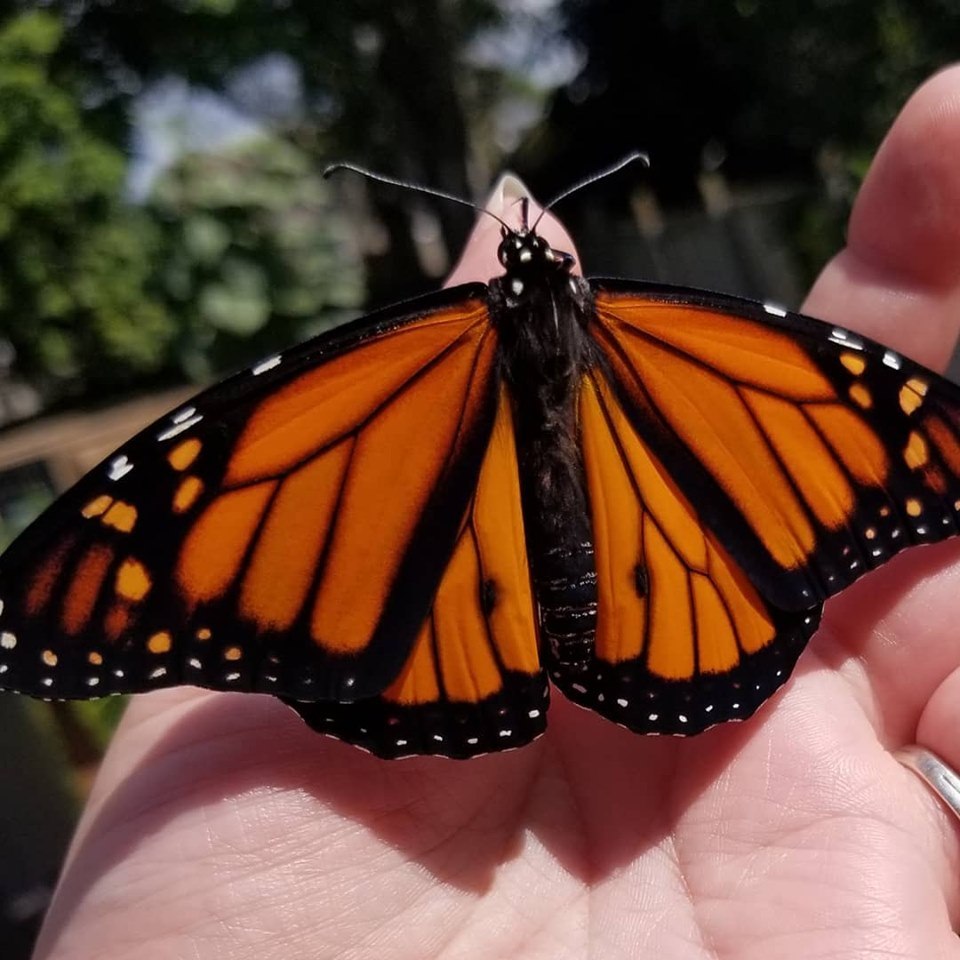Vegetarians: Moral High Ground no More! – Blog 9
(546 Words)
This week I’m writing about arguments. Essentially, I’m politely looking for a fight, and after learning a few secret moves from Sensei, I’m ready to throw down.
Not everyone should be vegetarian.
“911, state your emergency”
“There’s a hate crime! A man said words that don’t adhere to my world view!”
Oh yeah, we doing this one people, come at me.
Not everyone reacts that outrageously, but as fellow netizens I think we’ve all seen the crazy vege-nuts that give their cause a bad name.
A recent example might be the Antler protests in Toronto, famous for the “RESTAURANT OWNER TAUNTS US by DISMEMBERING a DEER’S LEG in VIEW of OUR PROTEST” video (Marsh, 2018). Any purported dietary lifestyle that can evolve into a mad crusade deserves a little scrutiny.
While the Antler incident is not indicative of why people shouldn’t be vegetarian, the behaviour is part and parcel with vegetarian culture.
Before I get into the real meat of this article, let me extend an olive branch for the vegetarians out there; vegetarian cuisine is not only healthy and delicious but it has opened up a world of recipes that even the most staunch meat eater can benefit from and enjoy.
What I’m arguing isn’t whether ANYONE should be vegetarian. The diet simply isn’t feasible for EVERYONE.
Economically, eating a ‘healthy’ vegetarian diet, is tough. There is a steep cost associated with buying a variety of imported vegetables and fruits to make up for incomplete nutrient profiles in any single piece of produce. Kudos to those who can afford exotic superfood juices; [insert brand name] vegetable powder or extracts; and the plethora of nuts, seeds, beans, legumes, and grains necessary to form a complete protein. Very admirable and I am jealous to the extreme. For the rest of us Poors, that is simply not viable. When Poors go vegetarian, it inevitably turns into some Frankenstein’d junk food bonanza. Because, hey! Oreos and cheap candy count as vegetarian.
Lets talk environment: Vegetarians frequently purport that eating vegetarian causes less impact on the environment. You’ll see and hear from any number of sources things like “Eating a vegetarian diet is one of the best things you can do to stop climate change” (VegSoc, 2019). Is that true? Not necessarily. While large scale livestock production still has a ways to go to improve sustainability, there are a mountain of problems that the unchecked spread of agriculture is causing. Look no further than avocados. Hailed as the vegetarian superfood (omnivores like the ‘cado too!), avocado farming is wreaking havoc on ecosystems.
In a very revealing article, Goncalves (2018) explains that avocado farming leaves soil vulnerable to disease, requires over use of pesticides which leach into water ways effecting ecosystems. He specifically named the monarch butterfly as a victim of avocado farming. And lastly it was pointed out that avocado farming is requiring deforestation which is contributing to global warming.
So while the health benefits of vegetarian diets continue to be argued ad nauseam, I simply purport that not everyone should be vegetarian in the first place. Despite the best of intentions, vegetarian diets are simply not the one stop solution to ALL our problems we need, but damn if eggplant parmesan doesn’t taste just as good a chicken parmesan.
And heres my name to say so.
D.A. Mills
Marsh, C. (2018). Chef who butchered a deer leg in front of vegan protesters: ‘We won’t change’. The Guardian. Retrieved from https://www.theguardian.com/lifeandstyle/2018/apr/12/ethical-eating-vegan-protest-meat-canada
VegSoc. (2019). Eat to beat climate change. Vegetarian Society. Retrieved from https://www.vegsoc.org/info-hub/why-go-veggie/environment/
Goncalves, A. (2018). Are Avocados Sustainable? What Are The Consequences Of Avocado Production? Youmatter. Retrieved from https://youmatter.world/en/benefits-avocados-production-bad-people-planet-27107/












Recent Comments